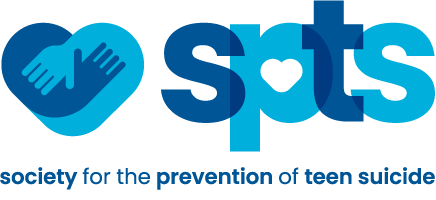A few months ago, I received the honor of being asked to serve on the Governor’s council on Mental Health Stigma, which I humbly accepted. This appointment has really spurred me on to think about Stigma in different ways and to renew my commitment to reducing stigma in our communities and our society.
But what does reducing stigma really mean? What does that look like? We know that the number of cases of mental illness have risen since the pandemic began, including in our children and young adults, much of it due to isolation, loneliness, and trauma. This coupled with our limited access to our typical outlets of stress such as vacations, gym, adventure parks, social gatherings and sports has created a serious crisis for our youth, and with adults as well. Of course under these difficult circumstances it is natural to experience emotional stress and distress. Those who never thought they would have a mental health condition have found themselves struggling and maybe even being diagnosed.
Sadly, the stigma or shame that society has placed on mental illness has continued to persist. The conversation for people living with mental illness is still difficult and uncomfortable. Some people who suspect they may be depressed or anxious don’t even want to confide in their family physicians about how they are feeling. This is the demon of stigma….statistics show that people suffer with mental health issues for over 10 years before reaching out for help, but we can change that and we can each do our part to make sure no one feels alone or ashamed. We can PLEDGE TO BE STIGMA FREE for ourselves and in our communities.
It is not easy to break patterns of thinking, but we encourage you to think about mental health in new ways and debunk some of the myths and misconceptions that perpetuate stigma, which can be harmful to people around us. The more we learn about mental illness and what we can do to stop the stigma the sooner people will feel more comfortable talking about mental health as freely as they do their physical health, and we can get more people into treatment earlier. Below are a few suggestions to get you started.
Ways you can work to reduce stigma:
- Use respectful language when talking about mental health conditions
- Challenge misconceptions when you see/hear them
- See the person, not the condition
- Offer support if you think someone is having trouble
- Refrain from using harmful labels
Tips to starting a Stigma-Free Community:
- Run a town hall discussion explaining your community’s stigma free goals and gather input for community events
- Develop a media campaign and put out press releases for your stigma free efforts
- Collaborate with local community service groups and your local Municipal Alliance leaders to host a stigma free educational event and celebration
- Work with the schools to host stigma free Public Service Announcements and poster contests
- Set up a Stigma Free booth at town-wide events and community days
- Develop a website or contribute to your municipality website with Stigma free information and local mental health resources
- Promote personal stories of wellness and recovery
Remember that Stigma free is a community effort. Think about the strengths of your individual municipality and encourage local residents to take pride in their community efforts to be free of stigma and to be a warm welcoming community, where no one feels hopeless or alone. If we can eliminate stigma we can encourage people to seek help early on, so recovery can begin, hope is instilled and lives are saved.

